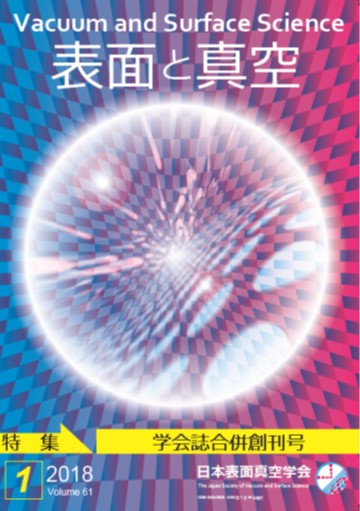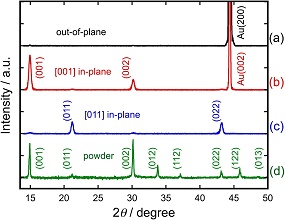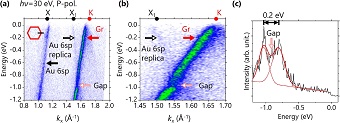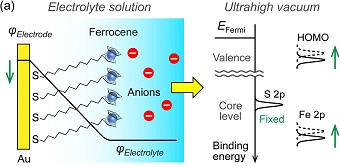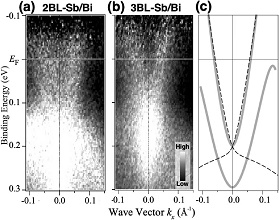Volume 66, Issue 9
Special Feature : Transactions of the Annual Meeting on the Japan Society of Vacuum and Surface Science 2022[III]
Displaying 1-16 of 16 articles from this issue
- |<
- <
- 1
- >
- >|
Preface
-
Article type: Preface
2023 Volume 66 Issue 9 Pages 513
Published: September 10, 2023
Released on J-STAGE: September 10, 2023
Download PDF (344K)
Special Feature : Transactions of the Annual Meeting on the Japan Society of Vacuum and Surface Science 2022[III]
-
Article type: Current Topics
2023 Volume 66 Issue 9 Pages 514-519
Published: September 10, 2023
Released on J-STAGE: September 10, 2023
Download PDF (1705K) -
Article type: Current Topics
2023 Volume 66 Issue 9 Pages 520-524
Published: September 10, 2023
Released on J-STAGE: September 10, 2023
Download PDF (3303K) -
Article type: Current Topics
2023 Volume 66 Issue 9 Pages 525-530
Published: September 10, 2023
Released on J-STAGE: September 10, 2023
Download PDF (5840K) -
 Article type: Current Topics
Article type: Current Topics
2023 Volume 66 Issue 9 Pages 531-536
Published: September 10, 2023
Released on J-STAGE: September 10, 2023
-
Article type: Current Topics
2023 Volume 66 Issue 9 Pages 537-542
Published: September 10, 2023
Released on J-STAGE: September 10, 2023
Download PDF (8430K) -
Article type: Current Topics
2023 Volume 66 Issue 9 Pages 543-547
Published: September 10, 2023
Released on J-STAGE: September 10, 2023
Download PDF (1477K) -
Article type: Current Topics
2023 Volume 66 Issue 9 Pages 548-552
Published: September 10, 2023
Released on J-STAGE: September 10, 2023
Download PDF (1180K)
Report
Conference Report
-
Article type: Report
2023 Volume 66 Issue 9 Pages 553-554
Published: September 10, 2023
Released on J-STAGE: September 10, 2023
Download PDF (1721K) -
Article type: Report
2023 Volume 66 Issue 9 Pages 555-556
Published: September 10, 2023
Released on J-STAGE: September 10, 2023
Download PDF (627K) -
Article type: Report
2023 Volume 66 Issue 9 Pages 557
Published: September 10, 2023
Released on J-STAGE: September 10, 2023
Download PDF (1187K)
Science Café
Award winner
-
Article type: Science Café
2023 Volume 66 Issue 9 Pages 558
Published: September 10, 2023
Released on J-STAGE: September 10, 2023
Download PDF (394K) -
Article type: Science Café
2023 Volume 66 Issue 9 Pages 559
Published: September 10, 2023
Released on J-STAGE: September 10, 2023
Download PDF (360K) -
Article type: Science Café
2023 Volume 66 Issue 9 Pages 560
Published: September 10, 2023
Released on J-STAGE: September 10, 2023
Download PDF (758K) -
Article type: Science Café
2023 Volume 66 Issue 9 Pages 561
Published: September 10, 2023
Released on J-STAGE: September 10, 2023
Download PDF (384K)
News & Trends
-
Article type: News & Trends
2023 Volume 66 Issue 9 Pages 562
Published: September 10, 2023
Released on J-STAGE: September 10, 2023
Download PDF (322K)
- |<
- <
- 1
- >
- >|
